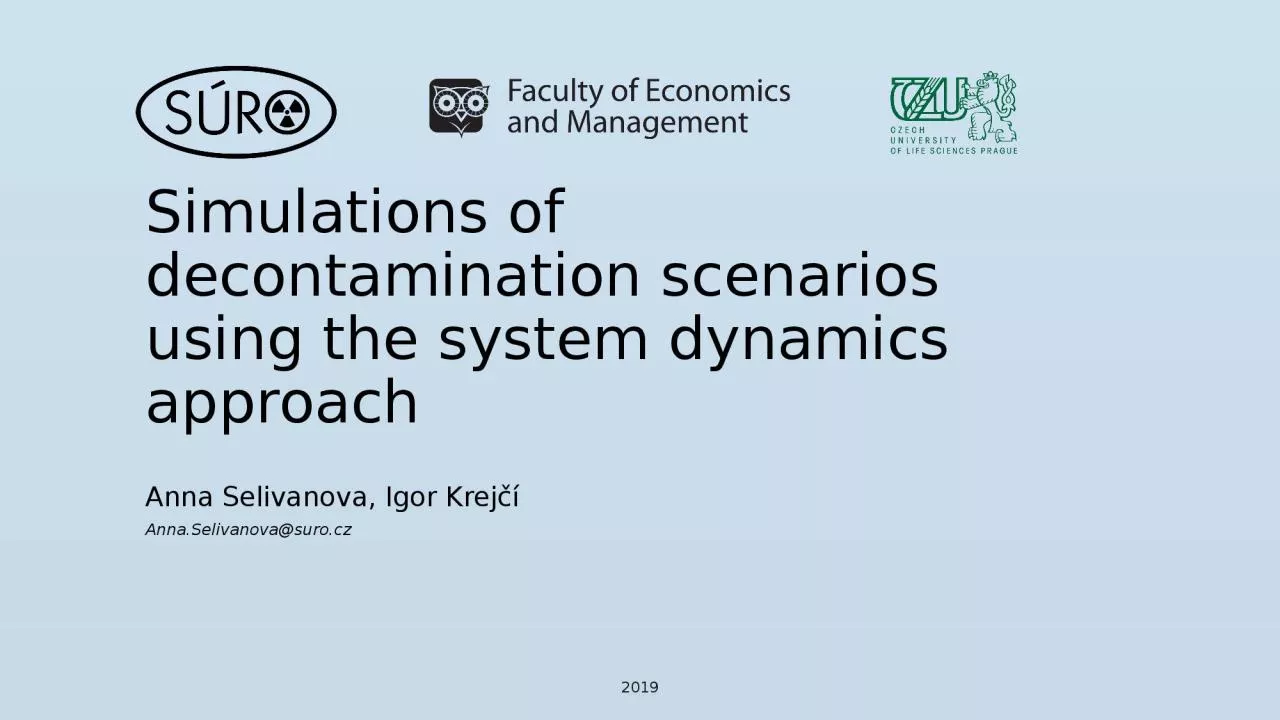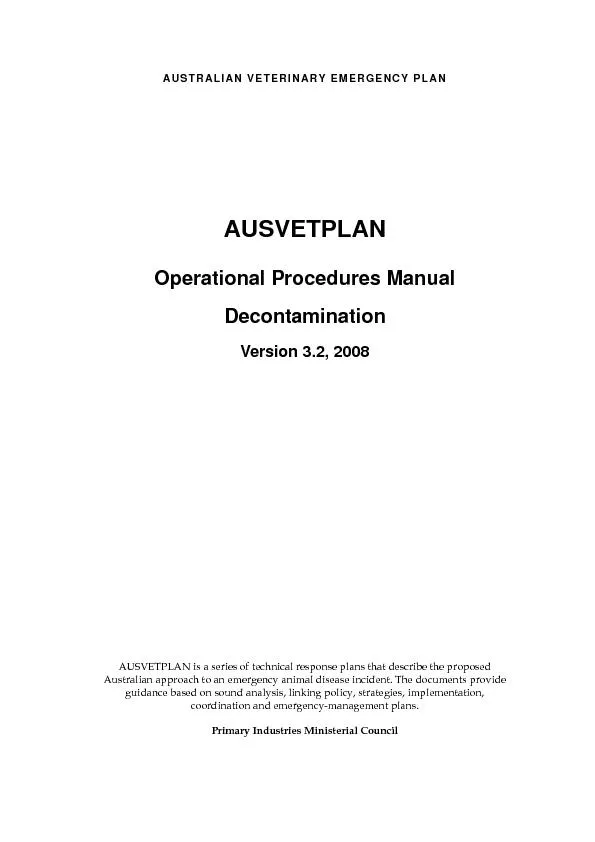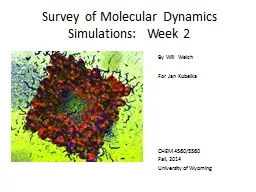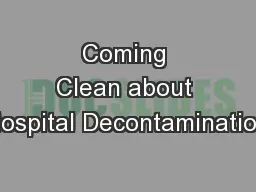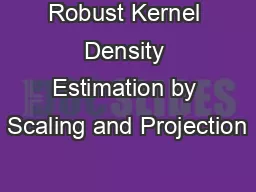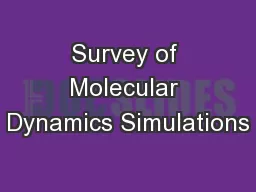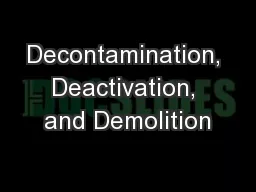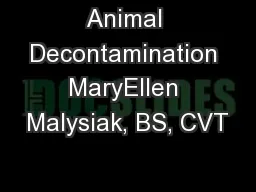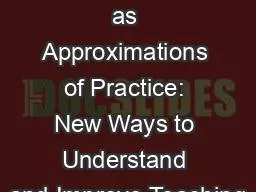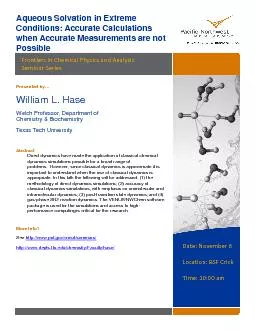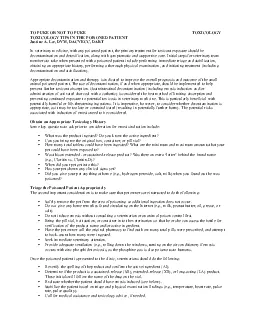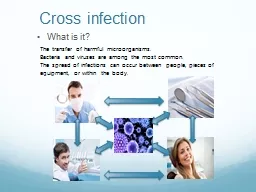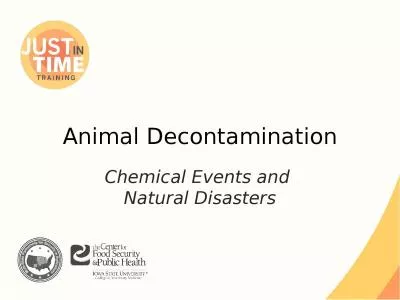PPT-Simulations of decontamination scenarios using the system dynamics approach
Author : broadcastworld | Published Date : 2020-08-29
Anna Selivanova Igor Krejčí 2019 AnnaSelivanovasurocz Introduction Test attempt to estimate decontamination costs and benefits after nuclear or radiation
Presentation Embed Code
Download Presentation
Download Presentation The PPT/PDF document "Simulations of decontamination scenarios..." is the property of its rightful owner. Permission is granted to download and print the materials on this website for personal, non-commercial use only, and to display it on your personal computer provided you do not modify the materials and that you retain all copyright notices contained in the materials. By downloading content from our website, you accept the terms of this agreement.
Simulations of decontamination scenarios using the system dynamics approach: Transcript
Download Rules Of Document
"Simulations of decontamination scenarios using the system dynamics approach"The content belongs to its owner. You may download and print it for personal use, without modification, and keep all copyright notices. By downloading, you agree to these terms.
Related Documents

